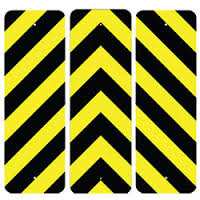Title Page
-
Site
-
Location
-
Inspected by
-
Date
Corrective Maintenance
Identification Checklist
-
1. Are all units labeled, and, if possible, do labels show full identifying data?
-
2. Are parts stamped with information on relevant characteristics?
-
3. Are labels placed for-full, unobstructed view?
-
4. On equipment using color coding, is meaning of colors given in manuals and on the equipment panels?
-
5. Is color coding consistent throughout system, equipment, and maintenance sup-ports?
-
6. Are display labels of units imprinted, embossed, or attached in such a way they will not be lost, mutilated, or become otherwise unreadable?
-
7. Do labels and stencils pertaining to servicing or maintenance provide clear and specific instructions?
-
8. Dees printed matter always appear upright to the operator or technician from his normal viewing position?
-
9. Do display labels on component covers provide relevant information concerning electrical, pneumatic, or hydraulic characteristics of the part?
-
10. Are display codes explicitly identified either in printed job instructions or directly on the panel, part, line, etc.?
-
11. Are displays and units labeled so that they correlate with notations appearing in system diagrams, technical manuals, or related literature?
-
12. Do display indications on storage spaces identify the various items to be stored therein?
-
13. Are lubrication points accessible and labeled properly?
-
14. Are labels used to indicate direction of movement of controls, especially when lack of such direction may result in damage to equipment?
-
15. When space permits, is each terminal labeled with the same code symbol as the wire attached to it?
-
16. Is each wire labeled with a unique designation?
-
17. Are life support equipment items explicitly identified and readily accessible?
Completion
-
Additional Observation
-
Technician Name & Signature









